Taking the Headache Out of Email Automations
When you don’t have a big marketing team, the idea of coming up with, writing, and sending out weekly - or even monthly - emails is reason enough to lie down. You’re doing so many other things to keep your brand afloat and now you gotta do that too?! Turn out the lights because there’s a migraine coming on. In this blog post, you’ll learn about three different email automations to set up once and put on autopilot. You’ll be able to nurture your audience while you’re working on other aspects of building your brand. (Or, you know, just lying down.)
The idea of sending out a weekly email to your audience can make your head start to pound. And if you have already started sending out regular emails, keeping up with them can be very challenging when you’re also trying to keep up with your social media content, and blog content. Not to mention, you know, just running your business.
The answer to this stress, though, is setting up email automations. Automations are like the set it and forget it of the email world. Now, you can get very fancy with them, but here are three very simple ones that you can set up. They range from taking virtually no time and effort, to some time and effort, to lots of time and little effort. But the end goal is the same: to keep your brand top of mind (and inbox) for your audience. As someone who is certified in both Mailchimp and StoryBrand, I’m going to show you how to make the best of these tools and strategies so you can build a relationship with your audience without getting burned out.
Do this now! Email Automation #1: RSS Feed
This first one is a no brainer and requires very little time, effort, and energy.
If you have a blog, podcast, or YouTube channel there is something called an RSS feed that goes with it. And when there is new content on those channels, RSS readers know about it. When people subscribe to those RSS readers, then they get updates.
Guess what? Mailchimp is basically an RSS reader.
You can use the RSS feed to your advantage by setting up an automation in your Mailchimp so that every time you have a new blog post, podcast episode, or YouTube video, your audience can get an email about it.
ProTip: In Squarespace your Events section also has an RSS feed. So when you have a new show or webinar coming up, your audience can know about that too.
Whether or not you have Mailchimp or Squarespace, the technology is out there. So a quick Google search can help you find out whether it’s possible to set it up for your brand.
If you are a Mailchimp user, here’s more about how to do it.
Little More Time But Worth It. Email Automation #2: Sales Sequence
The next email automation that you want to set up takes a little more time - but can be the most profitable. So the time is a worthy investment. It’s a sales sequence.
A sales sequence starts when people opt in to a freebie you offer and then get that freebie automatically sent to them. They get that first email that delivers the item the signed up for. Then they get subsequent emails that lead them to a sale. Here are the basics you need to konw.
You want the email sequence to seal the deal.
So here’s what an email sales sequence should include:
Define the problem you solve
Tell the story of solving your problem for someone else
Overcome the dominant resistance
Offer a limited-time bonus
Tell the customer their opportunity to buy is going away
People will often ask me how many emails to include in the sales sequence. It can vary, of course, based on how much time you have to create them. But basically, plan on it being 6-8 emails. Longer email sequences are often for higher ticket items. Shorter sequences are for lower ticket items.
Emails to include in a sales sequence:
Deliver the freebie
Overcome an objection
Problem and solution
Discuss a paradigm shift
Customer testimonial or success story
Final Sales email
For more insights and templates, you can go to the book Marketing Made Simple. Or there’s even a Marketing Made Simple as part of the Business Made Simple platform. Either way, they will dive in more to this topic and give you templates to use as jumping off points.
More so than writing the emails themselves, it’s making sure that you implement them into whatever system you have to send emails out for your company. You don’t need to get too robust if your brand isn’t there yet, but you can’t just use a free gmail account to receive and send emails. You’ll want to sign up for something like Mailchimp and you’ll want to send emails out from your domain. So, for example, info@downstage.media in lieu of downstagemediainfo@gmail.com.
Mailchimp uses Customer Journeys to automatically send out emails. You write the emails, load them into the Customer Journey, and set the trigger and the timing of the email and you’re on your way. Need a second set eyes? Schedule an Intro Call and I’ll double check it’s all set up correctly.
The last email sequence to set up does take more time, but it can reap benefits for literally years to come.
Best Long Term Strategy. Email Automation #3: Nurturing Sequence
The idea behind this email sequence is to put great stuff at the top of your audience’s inboxes on a regular basis. You always want your audience to remember that you exist, you know what you’re talking about, and you get how they feel.
When you write a series of emails that don’t necessarily point to a sale each week, but are meant to strengthen your relationship, your audience begins to trust you more.
You’re not one of those brands that shows up, asks for money, and goes away until the next time they need something from you.
Emails to Write for Your Nurturing Sequence
“I Believe” emails: the kinds of emails that show you and your audience member “get” the same stuff. Things like: You and your audience believe single serve plastics should be banned, you both believe the rules of improv make better listeners, or you both believe theater should be affordable. Whatever it is, write a few paragraphs about that thing that you and your audience hold dear. Then write three other emails that address another belief you and your audience share.
Problem solving emails: take four questions that you get asked the most and address each one in its own email. They Ask You Answer is an excellent resource for this kind of material.
Testimonials / Case Studies: what has success looked like for your audience? Pick four examples and write an email for each one
Best Practices: Take four or five best practices in your niche and show your audience how to accomplish them.
How You Operate: write an email that explains how you live out your mission statement, one that expands on the key characteristics you and your team share, and one email that explores the critical actions you do every day.
By implementing these, you’ll have about 20 emails. That’s going to take you a chunk of time to write. But think about that - that’s half a year of emails on autopilot!
I recommend after you have the other three sequences humming along to incorporate this into your mix. Take a quarter and each week write two of them and add them to an email automation sequence.
Get Rid of Your Email Headaches
You’re building your database, now email them! You know how important it is to build your audience on email. But what do you do with those addresses once you have them? All of those email addresses represent people who have raised their hands and said, “Please let me know what’s going on with you!” So you owe it to them to do just that. By starting with an RSS feed, building a sales sequence, and then creating a nurturing sequence you will ensure your audience knows that you exist and you’re there for them.
Email Automation Help
If you’re feeling excited by this idea, but a little overwhelmed at the prospect of it, help is available! I can create your email sequence for you in Downstage Media’s Done For You services or coach you through it with the Marketing Mentorship. Either way, you’ll get the support you need to put your emails on autopilot. So you can go and serve your audience in other ways!
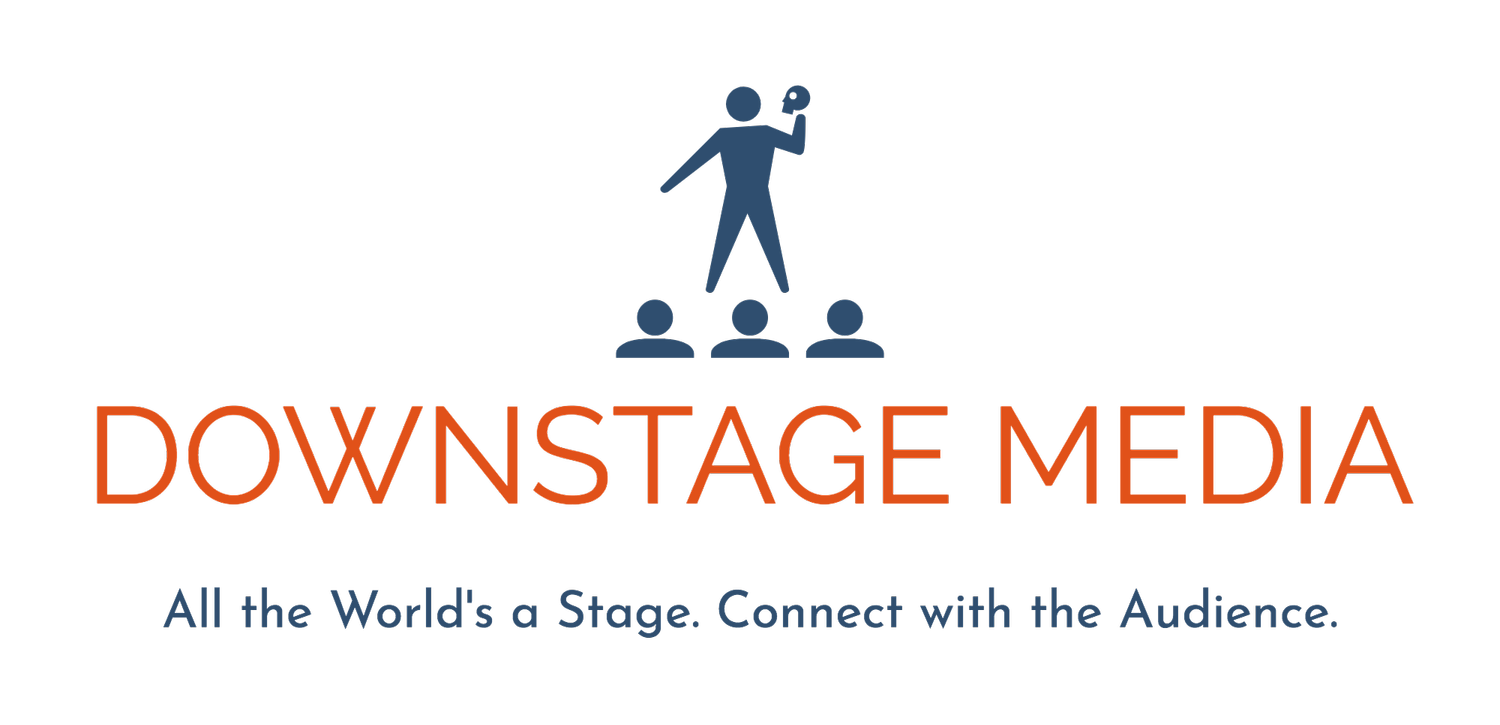

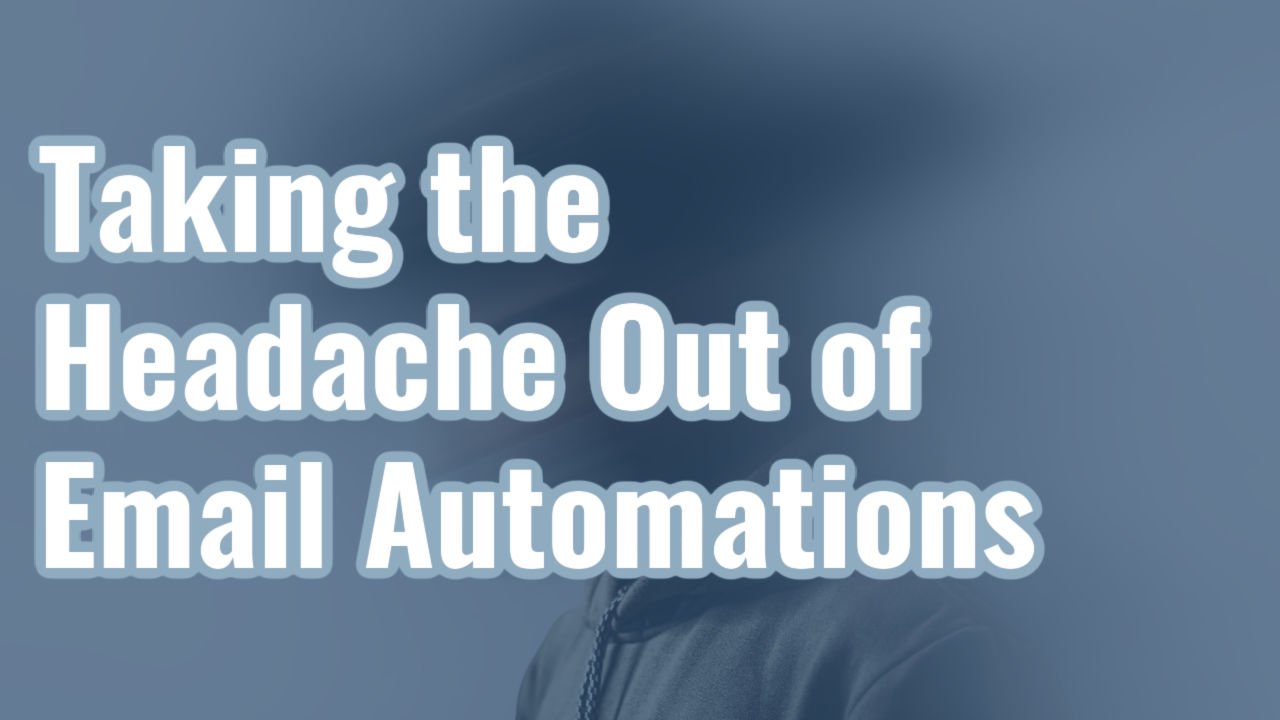
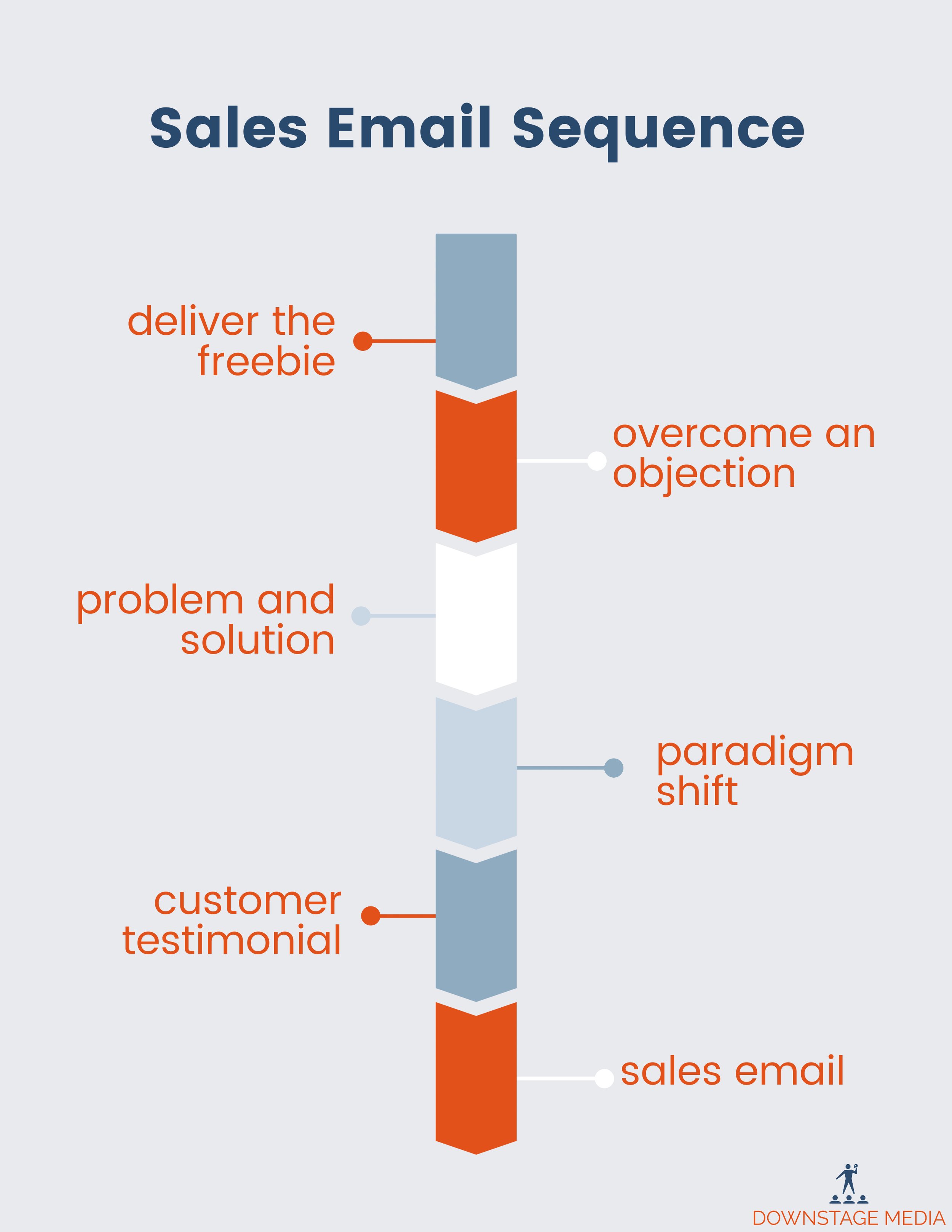
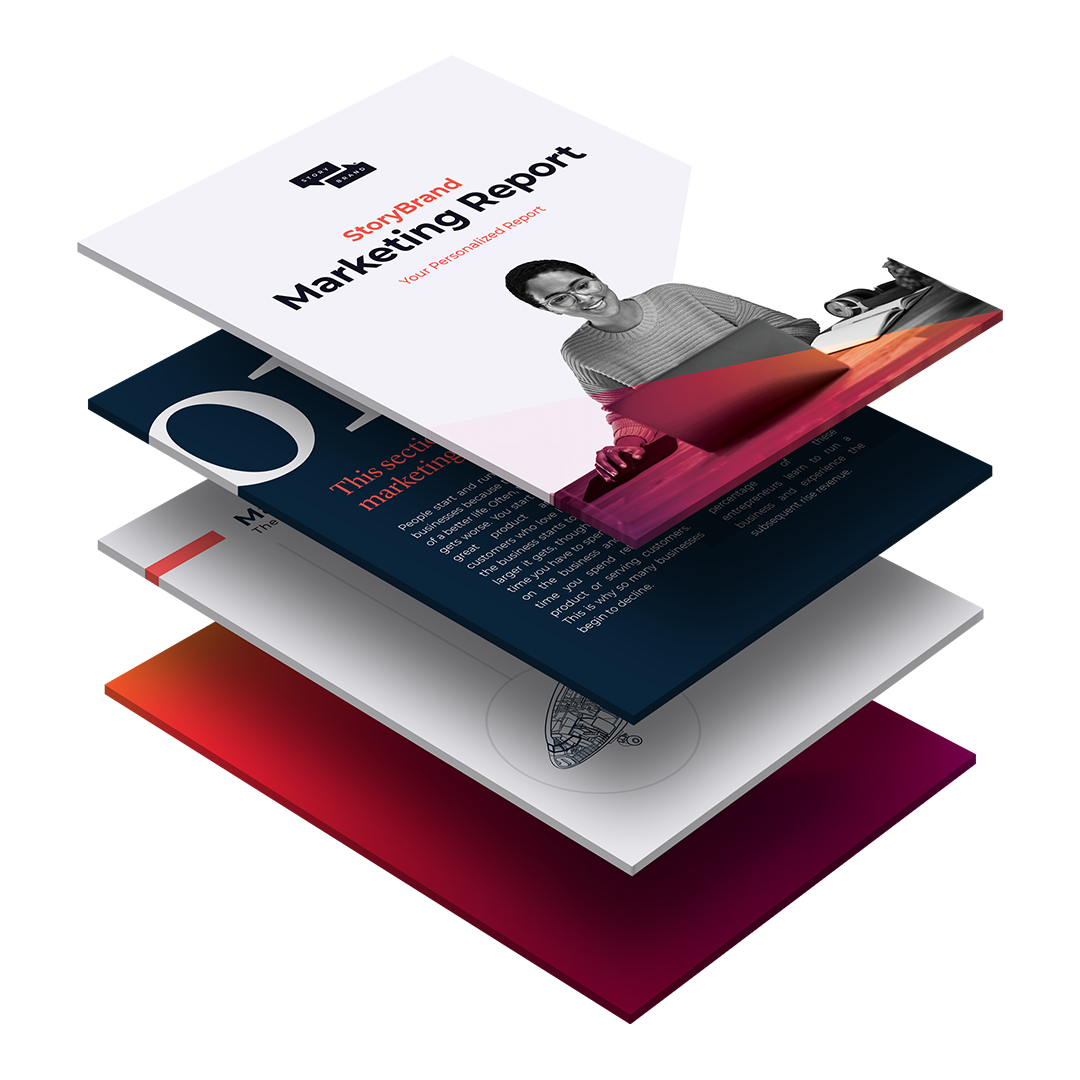



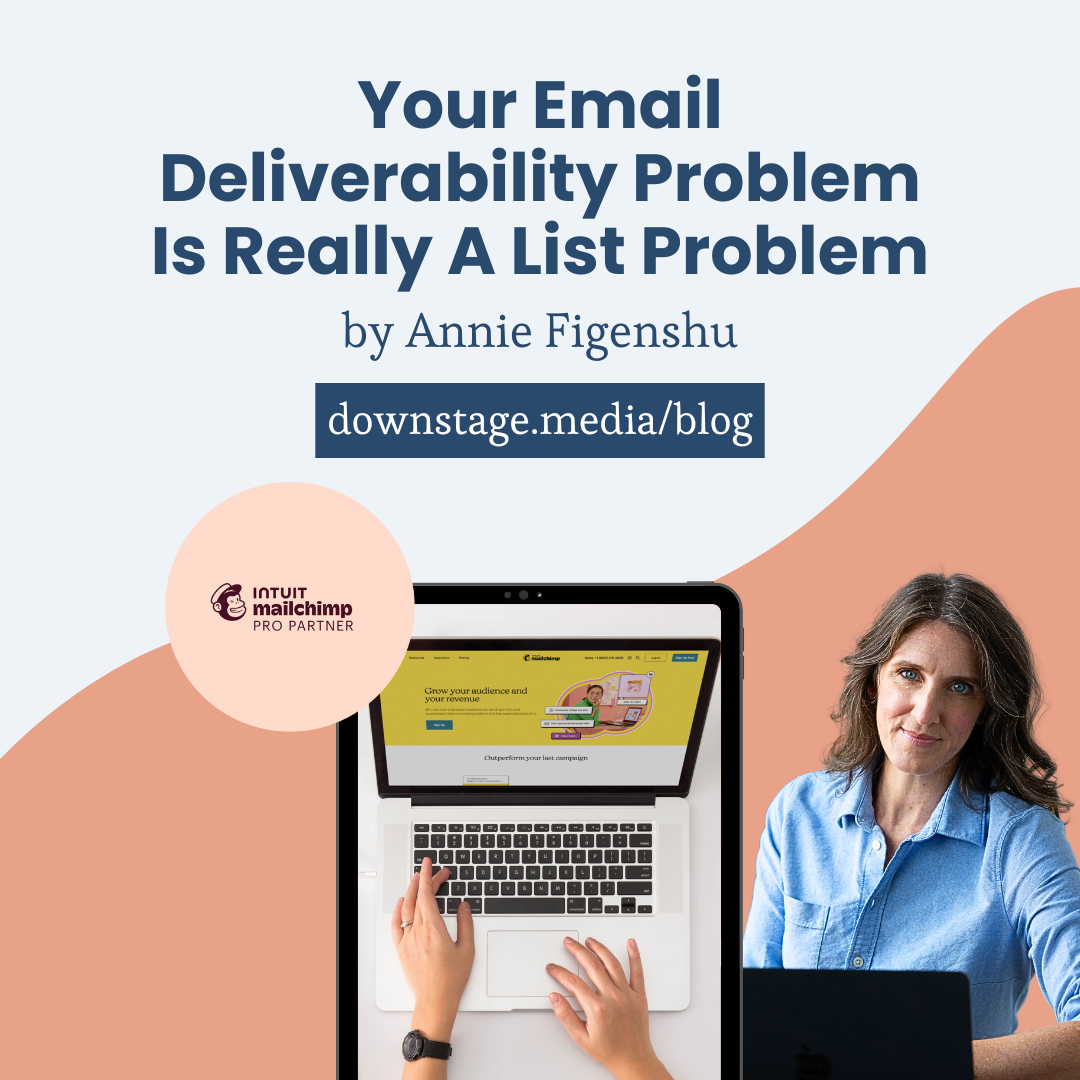



Name changes are so 2025! StoryBrand Certified Guides are now StoryBrand Certified Coaches. If you're wondering why, what changed this post clears it all up.